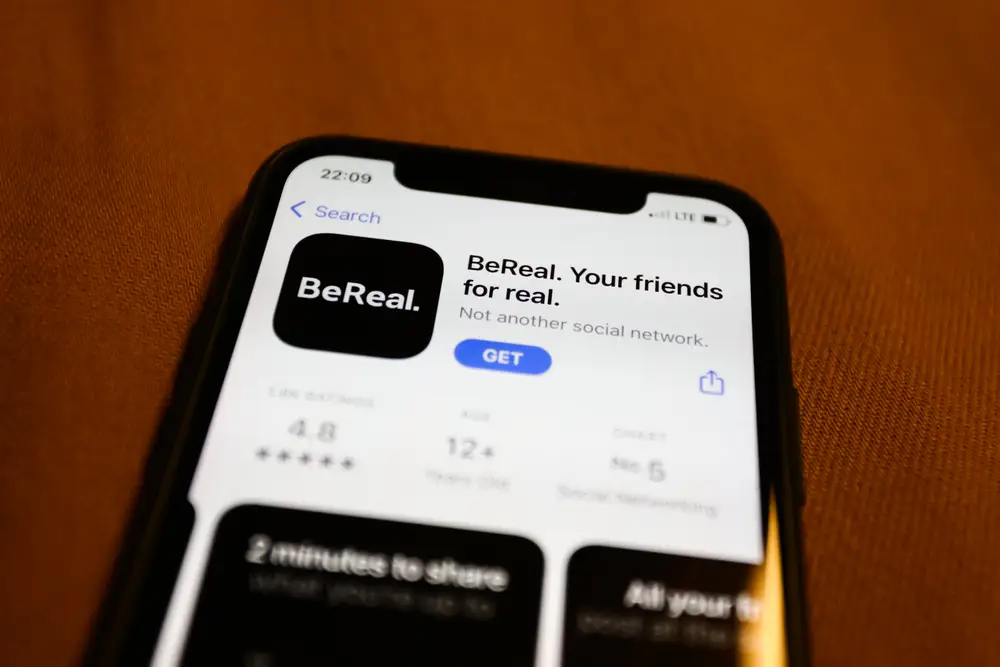SOCIAL MEDIA
Why Were Social Media Platforms Created? A Journey Through Time
Social media platforms have become an integral part of our daily lives, revolutionizing how we communicate, share information, and connect with others. But why were these platforms created in the first place? To understand this, let's dive into the key reasons behind their inception and explore a bit of the history that brought us to where we are today.
Connecting People. One of the primary motivations for creating social media platforms was to bridge the gap between people, allowing individuals to connect with friends, family, and like-minded people regardless of their geographic location. This idea took root in the early days of the internet with bulletin board systems (BBS) and forums where people could discuss topics of interest and stay in touch.
Sharing Information. Social media platforms provide a way to share news, personal updates, photos, videos, and other content with a wide audience instantly. The launch of MySpace in 2003 and Facebook in 2004 marked a significant shift, making it easier for users to broadcast their lives and stay informed about their social circles.
Community Building. Social media fosters the creation of communities around shared interests, hobbies, causes, and goals. Early platforms like LiveJournal and Friendster laid the groundwork for these virtual communities, which have since expanded into vast networks on sites like Reddit and Facebook groups.
Networking Opportunities. Professional networking platforms like LinkedIn, launched in 2003, were designed to help people build and maintain professional relationships, find job opportunities, and share industry knowledge. This transformed the job search process and professional networking, making it more accessible and efficient.
Entertainment. Platforms like YouTube, TikTok, and Instagram offer a variety of entertainment options, from videos and memes to live streams and stories. YouTube, founded in 2005, became a pioneer in user-generated video content, leading to the rise of internet celebrities and influencers.
Marketing and Business. Social media provides businesses with tools to reach potential customers, advertise products, engage with their audience, and gather insights through analytics. The advertising capabilities of platforms like Facebook and Instagram have become essential for modern marketing strategies.
User-Generated Content. Social media empowers users to create and share their own content, democratizing the flow of information and creativity. This began with platforms like Blogger and WordPress, and has evolved with the advent of Instagram, TikTok, and other content-sharing apps.
Real-Time Communication. Social media supports real-time interactions through comments, messages, and live streams, enhancing the immediacy of communication. Twitter, launched in 2006, popularized the concept of microblogging, allowing users to share real-time updates and engage in conversations instantly.
The journey of social media platforms is marked by continuous evolution and innovation. From the early days of BBS and forums to the sophisticated networks we use today, these platforms have transformed the way we interact with the world. As technology advances, social media will undoubtedly continue to adapt, bringing us even closer together in ways we have yet to imagine.
But as we look back on the original goals of connecting and sharing, we must ask ourselves: Has social media changed too much? Social media has undergone significant changes since its inception, evolving in various ways that have transformed how we interact with it and each other. Here are some key aspects of social media that have changed over time:
Commercialization. Originally, social media platforms were primarily about connecting people and sharing personal content. Over time, they have become major advertising and marketing channels. Companies use these platforms to reach their target audiences, and social media influencers have turned personal branding into a lucrative business.
Algorithm-Driven Content. Early social media feeds displayed posts chronologically. Today, most platforms use complex algorithms to curate content based on user behavior, preferences, and engagement. This shift has increased user engagement but has also led to concerns about echo chambers and the spread of misinformation.
Privacy Concerns. As social media platforms have grown, so have concerns about privacy and data security. Early users shared personal information freely, but revelations about data breaches and misuse of personal data have led to increased scrutiny and calls for better privacy protections.
Visual and Interactive Content. Social media has moved from text-based posts to a more visual and interactive experience. Platforms like Instagram, Snapchat, and TikTok focus on photos, videos, and short-form content, making visual storytelling and user engagement more dynamic.
Mobile Dominance. The rise of smartphones has made social media more accessible and integral to daily life. Mobile apps have become the primary way people interact with social media, leading to features like live streaming, Stories, and location-based services.
Social Issues and Activism. Social media has become a powerful tool for social change and activism. Movements like #BlackLivesMatter and #MeToo have gained momentum through social media, highlighting its role in raising awareness and organizing collective action.
Integration of E-Commerce. Social media platforms have increasingly integrated shopping features, allowing users to purchase products directly through the app. Instagram's Shopping feature and Facebook Marketplace are examples of how social media and e-commerce have merged.
Regulation and Policy. Governments and regulatory bodies have begun to scrutinize social media companies more closely, leading to new regulations aimed at protecting user data, combating misinformation, and ensuring fair competition.
Mental Health Awareness. The impact of social media on mental health has become a topic of concern. Studies have shown links between social media use and issues like anxiety, depression, and loneliness. Platforms are now taking steps to address these concerns, such as introducing time management tools and promoting positive content.
Content Creation and Consumption. The way content is created and consumed on social media has evolved significantly. User-generated content remains vital, but professional content creators, influencers, and brands now dominate many platforms. The lines between content creators and consumers have blurred, with many users actively participating in both roles.
These changes reflect the rapid evolution of technology and societal shifts. As social media continues to adapt, it will be essential to balance innovation with ethical considerations to ensure these platforms contribute positively to society. Given these transformations, we must ask: Has social media changed too much from its original purpose? What do you think?




